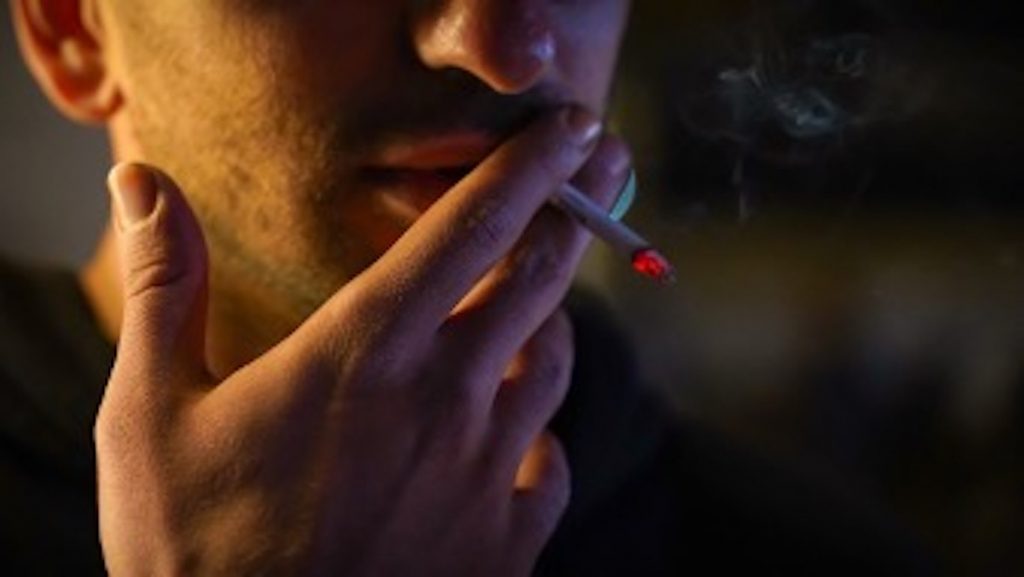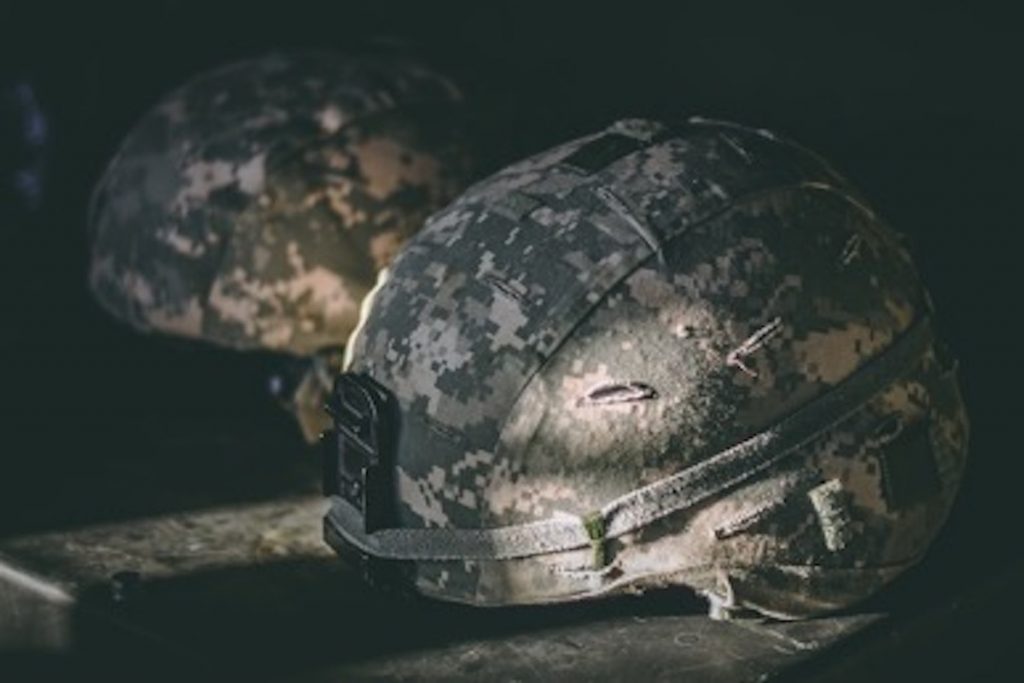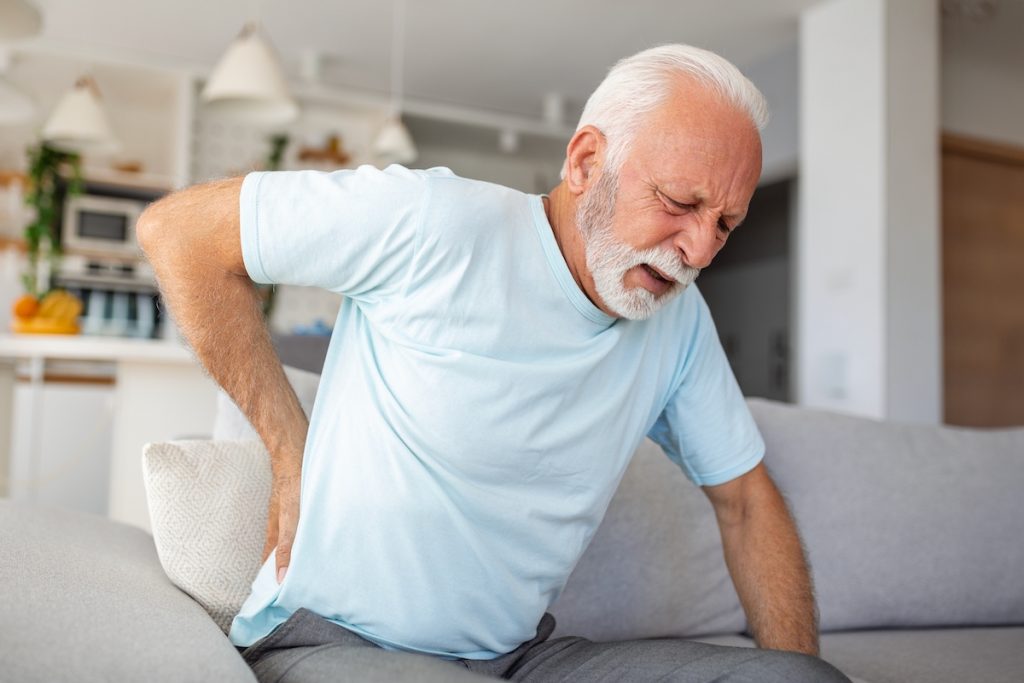The USA has a fancy relationship with hashish and its authorized standing, notably a excessive degree of rigidity between state and federal degree (Younger-Wolff et al., 2022). On the federal degree, hashish stays categorized as a managed substance underneath the Managed Substances Act (1906). This implies it’s formally considered having a excessive potential for abuse and isn’t a recognised medical remedy choice for any illness or situation by america Meals and Drug Administration.
Regardless of the federal classification, there was a motion towards decriminalisation on the state degree with many states introducing medical hashish legal guidelines (MCL) and leisure hashish legal guidelines (RCL) (Martins et al., 2016). For MCL throughout most states, they require sufferers to have a advice from a doctor and will should register with the state’s program. Whereas nearly all of RCL require the person to be aged over 21 and have ID, they usually can then buy hashish from a large variety of licensed dispensaries.
Navy veterans face distinctive stressors not confronted by their civilian counterparts, comparable to trauma, frequent relocations of themselves and/or household, long-term deployments, and elevated prevalence of psychological well being and bodily well being problems (Inoue et al., 2023). One space of rising concern is power ache. Analysis has proven {that a} portion of veterans report experiencing ache, with many describing it as extreme (Nahin, 2016). The explanations differ however can embrace combat-related accidents, coaching accidents, and put on and tear from arduous army service.
Power ache can influence each day functioning, high quality of life, and will be related to despair, substance use, and sleep problems. Some veterans have turned to hashish to assist average and mediate ache signs and enhance high quality of life.
Subsequently, Hasin and colleagues (2023) aimed to see if making hashish authorized for medical or leisure use had any influence on the rise of cannabis-related issues and long-term ache amongst US veterans utilizing Veterans Well being Administration (VHA) companies.

Power ache and hashish use are prevalent amongst US veterans.
Strategies
The authors regarded on the well being information of sufferers who visited major care, emergency, or psychological well being companies operated by US Veterans Well being Administration (VHA) between 2005 and 2019. They excluded sufferers who had been on end-of-life care or at present underneath an admission. The pattern was then cut up into two teams: these with long-term ache and people with out, utilizing the American Ache Society taxonomy of painful medical circumstances.
For every group, sufferers with clinically identified hashish use dysfunction had been recognized based mostly on ICD-9-CM or ICD-10-CM scientific codes. The ‘CM’ references scientific modification which is an altered model of Worldwide Classifications of Ailments to be used in america solely. Importantly, sufferers had been excluded in the event that they had been in remission or had an unspecified hashish use dysfunction code.
The pattern was analysed utilizing linear binominal regression fashions which had been stratified by ache and a time-varying state-level legislation standing. This time-varying state was based mostly on the legalisation of hashish for medical use in every state. As well as, affected person covariates comparable to age, intercourse, race, and ethnicity had been additionally used to regulate the fashions.
Outcomes
In whole, 15 cross-sectional yearly datasets representing every year between 2005 and 2019 had been analysed. This represented between 3,234,383 and 4,579,994 sufferers relying on the yr. The important thing findings of the research had been:
- In 2005, amongst sufferers with out power ache, 5.1% had been feminine with a mean age of 58.3 years. The ethnic distribution was 75.7% White, 15.6% Black, and three.6% Hispanic or Latino. By 2019, the share of feminine sufferers elevated to 9.3%, with a mean age of 56.7 years. The ethnic breakdown modified to 68.1% White, 18.2% Black, and 6.5% Hispanic or Latino.
- Specializing in these with power ache, 7.1% had been feminine with a mean age of 57.2 years. The ethnic distribution was 74% White, 17.8% Black, and three.9% Hispanic or Latino. By 2019, the share of feminine sufferers rose to 12.4%, with the common age remaining at 57.2 years. The ethnic distribution shifted to 65.3% White, 21.9% Black, and seven.0% Hispanic or Latino.
- In sufferers with power ache, because the introduction of medical hashish legal guidelines (MCL), there was a 0.135% (95% CI 0.118 to 0.153) enhance in hashish use dysfunction prevalence.
- Because the introduction of leisure hashish legal guidelines (RCL), there was a 0.188% (95% CI 0.160 to 0.217) enhance in hashish use dysfunction prevalence.
- Apparently, in sufferers who should not have power ache, because the introduction of MCL and RCL, there have been smaller will increase in hashish use dysfunction prevalence (MCL: 0·037% [0.027 to 0.048], 5.7%
General, Hasin and colleagues (2023) discovered that the associations of MCL and RCL with hashish use dysfunction was better in sufferers with power ache than these with out. Nonetheless, the rise noticed was solely a fraction of a proportion level.

US veterans with power ache had been extra possible to make use of hashish for medical and leisure makes use of.
Conclusions
Hasin and colleagues (2023) discovered that these with power ache had considerably bigger will increase in hashish use dysfunction as a result of introduction of MCL and RCL. The authors additionally famous vital will increase in hashish use dysfunction in older age teams because the introduction of those legal guidelines. This led the authors to conclude that MCL and RCL are prone to enhance the prevalence of hashish use dysfunction, and the commercialisation has resulted in improved entry.

Implementation of medical and leisure hashish legal guidelines resulted in a rise in the usage of hashish use dysfunction for these with power ache.
Strengths and limitations
This research had a number of strengths. Notably, that is the primary research to discover variations within the relationship between MCL, RCL and the influence on hashish use dysfunction prevalence within the context of power ache standing. The research examined a big cross-sectional cohort, with knowledge collected over a longitudinal interval of 15 years. This meant that time-varying incremental adjustments might be assessed. General, the research has an necessary place in including to the proof base about older sufferers with power ache and rising prevalence of hashish use.
There are a number of limitations to the present paper. As most sufferers within the VHA are largely White, male and within the 65-75 age bracket, they don’t seem to be consultant of veterans broadly or of the overall inhabitants. The pattern traits could restrict the generalisability of findings extra broadly. Moreover, there was a excessive bar for the diagnoses for hashish use dysfunction. It’s because the diagnoses had been made by clinicians who most frequently diagnose extreme problems and will have missed sub-clinical circumstances which in any other case could have been picked up by delicate structured assessments. Moreover, the time lag impact of legislation implementation ought to be thought-about as it’s possible that the impact of such legal guidelines takes time to emerge. The authors analysed time lags of 1 yr to make sure that as many RCL states might be included within the evaluation as potential, as for a lot of, these had been applied in recent times. As time progresses and extra knowledge is on the market, longer time lags ought to be analysed to look at delayed results of the influence of legislation adjustments.

This research utilised a big digital healthcare information database with over 3 million US veterans.
Implications for apply
This research has key implications inside coverage, scientific care, and analysis. The authors demonstrated that the prevalence of hashish use dysfunction with power ache is rising disproportionally, significantly in older adults following state laws. As such, decreasing the chance of hurt related to this public well being concern is crucial however in proportion to different well being wants.
It’s steered that older sufferers with power ache who use hashish ought to be intently monitored by their treating clinicians and be made conscious of the dangers of hashish use dysfunction and various remedies. That is significantly pertinent for sufferers residing in states the place hashish use has been legalised who could also be extra susceptible to hashish use dysfunction. In a UK context, medical hashish was legalised in 2018 underneath particular circumstances however but no work exists to discover the influence of this legalisation. This can be a singular alternative to discover implications for future practise.
Analysis ought to be performed monitoring the short-term and long-term harms related to hashish use dysfunction, significantly in these with co-morbid circumstances comparable to power ache. This ought to be communicated to coverage makers, clinicians and most people, to supply unbiased scientific proof, unadulterated by competing public well being and industrial pursuits.
Hashish in america is a multibillion-dollar trade, with more and more constructive public beliefs about its security and efficacy. Usually corporations distributing medicinal hashish promote unsubstantiated claims in regards to the security and efficacy of their product, encouraging better demand. Public well being campaigns discussing the chance of hashish use dysfunction in these with power ache and the related harms are required.

Clinicians supporting sufferers with power ache who use hashish ought to elevate consciousness of the dangers of hashish use dysfunction and monitor intently.
Assertion of pursuits
Grace Williamson and Daniel Leightley are at present endeavor a research exploring the usage of hashish in affiliation with PTSD signs in america and United Kingdom in collaboration with College of Southern California and RAND Company. Additional, Daniel Leightley is an Military reservist in the UK Armed Forces and this evaluation has been undertaken as a part of his civilian employment.
Hyperlinks
Major paper
S. Hasin et al., “Chronic pain, cannabis legalisation, and cannabis use disorder among patients in the US Veterans Health Administration system, 2005 to 2019: a repeated, cross-sectional study,” The Lancet Psychiatry, vol. 10, no. 11, pp. 877–886, Nov. 2023, doi: 10.1016/S2215-0366(23)00268-7.
Different references
Okay. C. Younger-Wolff, R. L. Pacula, and L. D. Silver, “California Cannabis Markets—Why Industry-Friendly Regulation Is Not Good Public Health,” JAMA Heal. Discussion board, vol. 3, no. 7, p. e222018, Jul. 2022, doi: 10.1001/jamahealthforum.2022.2018.
Managed Substances Act. 1906.
S. S. Martins et al., “State-level medical marijuana laws, marijuana use and perceived availability of marijuana among the general U.S. population,” Drug Alcohol Rely., vol. 169, pp. 26–32, Dec. 2016, doi: 10.1016/j.drugalcdep.2016.10.004.
C. Inoue, E. Shawler, C. H. Jordan, M. J. Moore, and C. A. Jackson, Veteran and Military Mental Health Issues. 2023.
R. L. Nahin, “Severe Pain in Veterans: The Effect of Age and Sex, and Comparisons With the General Population,” J. Ache, vol. 18, no. 3, pp. 247–254, Mar. 2017, doi: 10.1016/j.jpain.2016.10.021.

